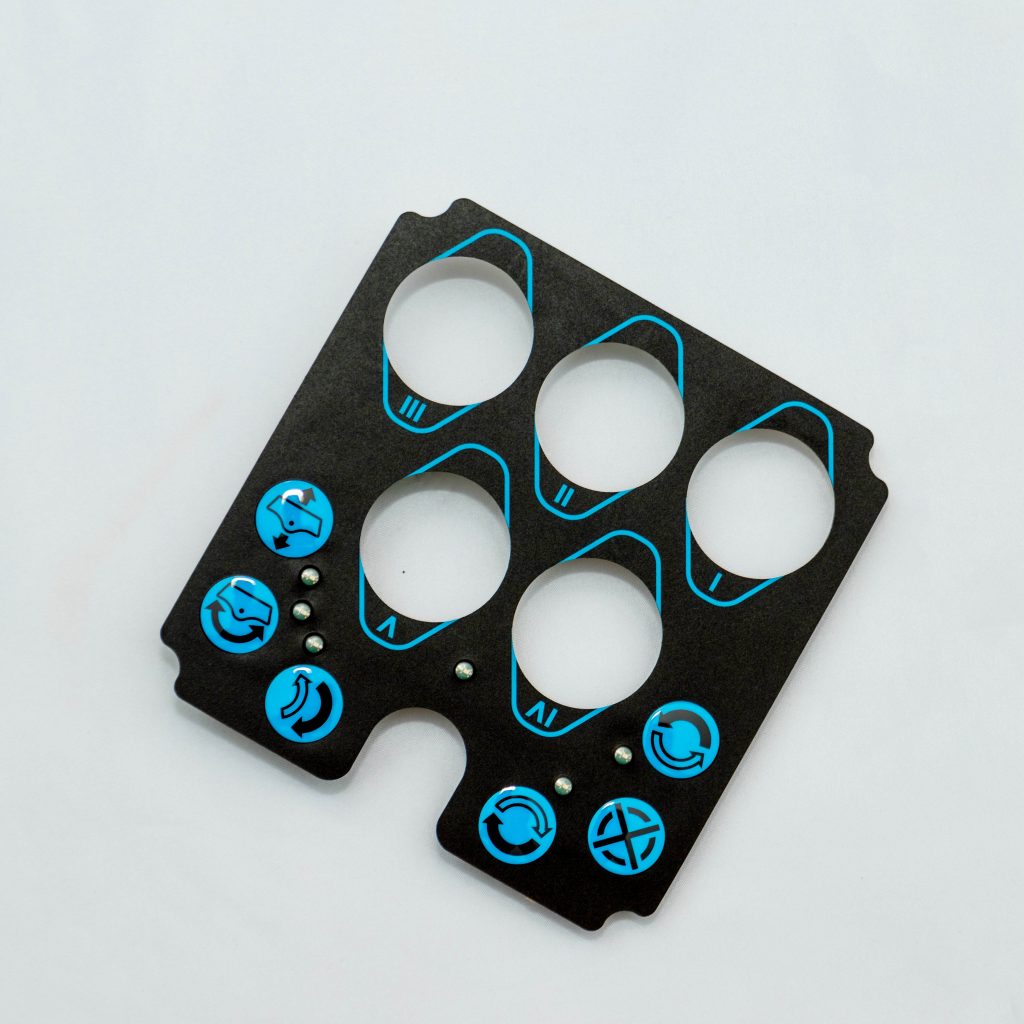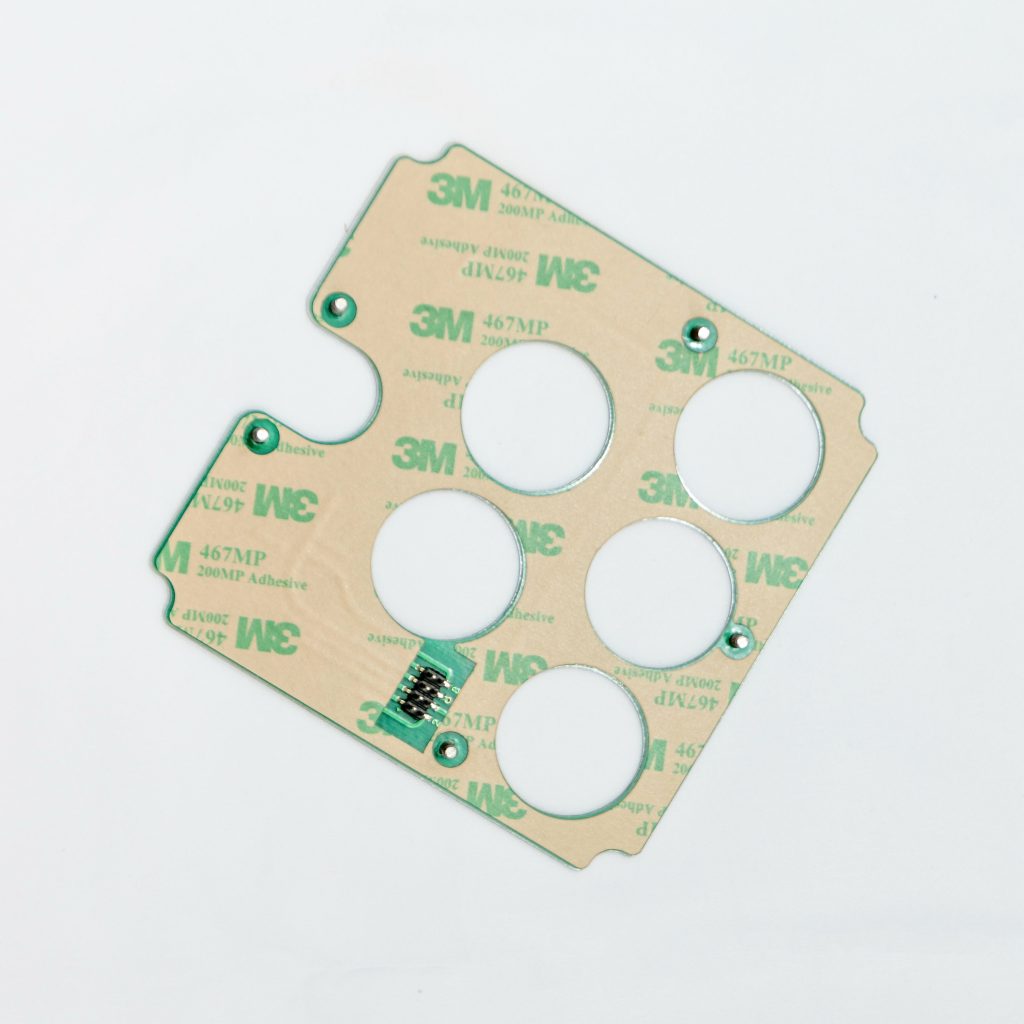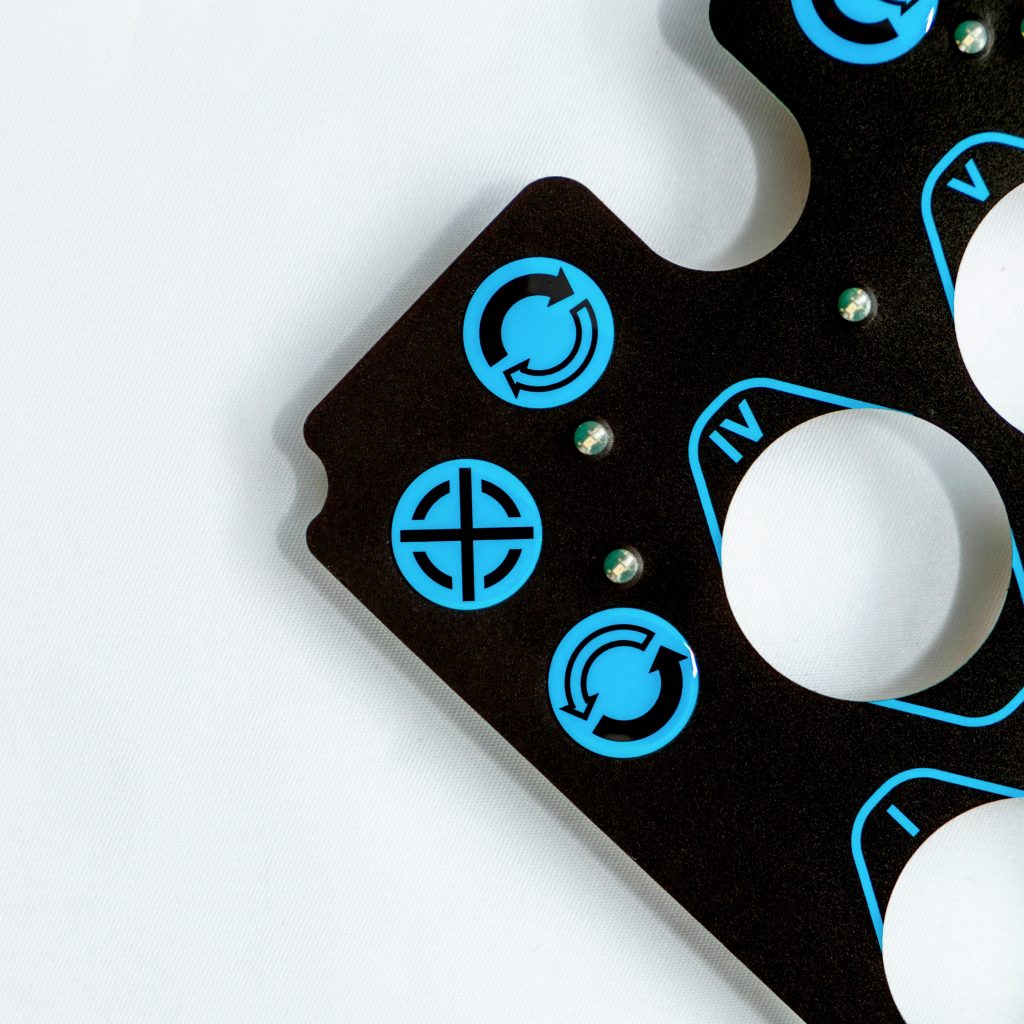Contact
Write to Us And We Would Be Happy to Advise You.
Do you have any questions, or would you like to speak directly with a representative?
By hqt
In today’s fast-paced technological world, user interfaces play a crucial role in ensuring smooth and efficient communication between humans and machines. Membrane switches, with their versatility and durability, have become a popular choice for various industries. Designing a membrane switch requires careful consideration of multiple factors to ensure optimal functionality and user experience. In this article, we will explore the six key points of membrane switch design and delve into their importance. Whether you are a seasoned designer or a curious enthusiast, this guide will provide valuable insights into creating effective membrane switch interfaces.



The choice of materials is critical in membrane switch design. Each component should be carefully selected to meet the specific requirements of the application. The overlay material, typically polyester or polycarbonate, determines the switch’s appearance and durability. Polyester offers excellent chemical resistance, while polycarbonate provides enhanced impact resistance. The graphic layer and adhesive should also be chosen with consideration for factors like temperature, humidity, and environmental conditions. By selecting the right materials, designers can ensure the longevity and performance of the membrane switch.
The circuit layout is a crucial aspect of membrane switch design as it determines the electrical pathway for the switch’s operation. Conductive inks, typically made of silver or carbon, are used to create the circuitry on the polyester or polycarbonate overlay. The circuit layout should be carefully planned to ensure the switch’s reliability and prevent issues like short circuits or unintended activation. Attention should be given to the trace width, spacing, and arrangement to maintain optimal electrical conductivity and minimize the risk of signal interference.
Tactile feedback plays a vital role in user interaction with membrane switches. It provides users with a physical response, indicating that the switch has been successfully activated. The choice of tactile elements, such as metal domes or polydomes, significantly impacts the user experience. Metal domes offer a crisp and tactile feel, while polydomes provide a softer and quieter response. Designers must consider the application and user preferences when selecting the appropriate tactile feedback mechanism to ensure a satisfying user experience.
Backlighting is a popular feature in membrane switch design, providing enhanced visibility and aesthetics. LEDs (Light-Emitting Diodes) are commonly used to illuminate the switch, offering a wide range of color options. The positioning and arrangement of the LEDs should be strategically planned to ensure uniform lighting and prevent shadowing or hotspots. Additionally, designers should consider the power consumption and lifespan of the LEDs to optimize the backlighting feature.
Membrane switches are often exposed to various environmental factors, such as moisture, temperature extremes, and chemicals. Designers must consider these factors during the design process to ensure the switch’s resilience and longevity. Utilizing protective coatings, such as UV-resistant or anti-scratch coatings, can enhance the switch’s resistance to wear and tear. Additionally, incorporating sealing mechanisms, like gaskets or O-rings, can provide protection against moisture and dust intrusion. By addressing environmental considerations, designers can create membrane switches capable of withstanding harsh conditions.
While functionality is paramount, the visual appeal and ergonomic design of membrane switches should not be overlooked. The layout, size, and shape of the switch should be optimized for easy operation and intuitive user interaction. Attention should be given to the placement of labels, icons, and symbols to ensure clarity and ease of use. Furthermore, designers should align the switch’s aesthetics with the overall product design, creating a cohesive and visually appealing user interface.
Q1: What is the typical lifespan of a membrane switch?
A1: The lifespan of a membrane switch can vary depending on factors like usage, environmental conditions, and the quality of materials used. On average, a well-designed and properly manufactured membrane switch can last between 1 to 5 million actuations.
Q2: Can a membrane switch be customized to fit unique product requirements?
A2: Yes, membrane switches are highly customizable. Designers can tailor the switch’s dimensions, graphics, colors, and features to match the specific requirements of a product or application. Customization allows for seamless integration and enhances the overall user experience.
Q3: Are membrane switches suitable for outdoor applications?
A3: Yes, membrane switches can be designed to withstand outdoor environments. By incorporating UV-resistant overlays, weatherproof enclosures, and robust sealing mechanisms, membrane switches can effectively withstand exposure to sunlight, moisture, and temperature fluctuations.
Q4: Can a membrane switch be integrated with other interface technologies?
A4: Absolutely. Membrane switches can be seamlessly integrated with other interface technologies, such as touchscreens, capacitive sensors, or LCD displays. This integration allows for enhanced functionality and a more intuitive user interface.
Q5: How can I ensure the reliability of a membrane switch?
A5: To ensure reliability, it is crucial to work with experienced manufacturers who follow stringent quality control processes. Thorough testing, including electrical performance testing and environmental testing, should be conducted to validate the switch’s reliability and adherence to specifications.
Q6: Are membrane switches cost-effective compared to other switch technologies?
A6: Yes, membrane switches are known for their cost-effectiveness. The design simplicity, use of low-cost materials, and efficient manufacturing processes contribute to their affordability. Additionally, their long lifespan and durability minimize maintenance and replacement costs over time.
Designing a membrane switch involves considering various factors to create a functional, durable, and visually appealing user interface. By carefully selecting materials, planning the circuit layout, incorporating tactile feedback and backlighting, addressing environmental considerations, and optimizing ergonomics and aesthetics, designers can ensure the success of their membrane switch designs. This comprehensive guide has provided valuable insights into the six key points of membrane switch design, enabling designers to create interfaces that meet the highest standards of functionality, usability, and reliability.
Do you have any questions, or would you like to speak directly with a representative?